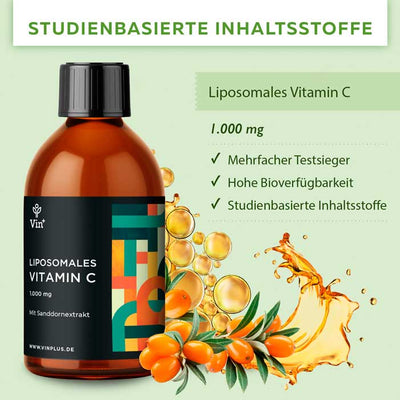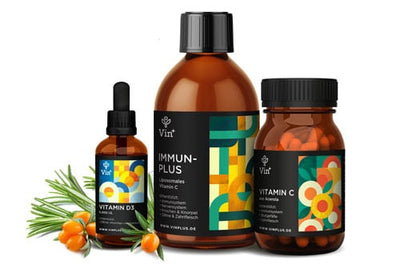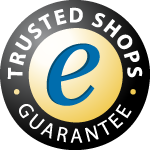
Shea butter is a multifunctional skin care product that is produced from the shea nut by hand in various production steps. The shea tree on which the shea nuts grow is only found in the shea belt of Africa. This area extends over about 300 km from Senegal to Sudan. African women have long used shea butter to protect their skin from the dry winds of the savannah. But shea butter is also traditionally used in Africa for skin problems and skin care. Shea butter contains saturated and unsaturated fats, as well as oleic acid, triterpene alcohol, vitamin E, provitamin A, allantoin and phytosterols. These ingredients, which are "unsaponifiable," make up about 11 percent of the raw shea nut's weight. But that is exactly what is so important when it comes to the skin-care and healing properties of this care product. Shea butter is also used to make high quality skin creams and ointments. The production of shea butter is very laborious. First the women have to collect the nuts and dry them. Then they are painstakingly pounded by hand in a mortar and then ground again between stones. The resulting mass is then heated with water. When the light fat floats and cools, the shea butter can be skimmed off.
The application of shea butter
As already mentioned, shea butter is used in Africa for skin care. Another area of application for this "cream" is to prevent stretch marks and to care for baby skin.
Other areas of application:
- Shea butter tightens the skin
- Against dry skin
- For hands and nails, especially after heavy use, for example by soap, chemical substances, etc.
- Against scaly skin, for example on knees, elbows and head, as it has a calming and smoothing effect.
- Against calloused and cracked skin on the feet.
- After the solarium
- Particularly suitable as a lubricant for a foot massage, but also for body massages
- Last, but not least - shea butter can also be used for animals, for example for the care of dogs. For example, it protects the dogs' paws from road salt on the street in winter. Thus, the sensitive paws are not attacked.
Shea butter is actually an all-rounder because it can also be used as a lip balm. It is also an excellent face cream and a very good body butter at the same time.
Can shea butter go rancid?
Shea butter has a shelf life of at least four years if it is not constantly exposed to the sun or protected from constant exposure to light. If oil is added to the shea butter to make it more supple, this will affect its shelf life. Because as soon as the oil goes rancid, you have no choice but to dispose of everything together. Tip: If oil is to be mixed into the shea butter, then joboba oil should be used to make it more supple, it almost doesn't rancid.
Refined or unrefined - that's important to know

Shea butter is offered as "unrefined", i.e. unrefined (natural) and as "refined", refined (distilled). With the refined shea butter, the nuts are "only" collected and then pounded into a mass. It is then taken to a factory, in most cases in Europe, and then refined there at a temperature of around 150 degrees Celsius. In this processing, the butter is vaporized and then passed through a refrigeration system and condensed. When condensed, the shea butter turns into a buttery, almost entirely white and odorless mass. The rest of the ingredients are left behind. In this way of processing, the chemical solvent hexane is added, which significantly increases the yield. The manufacturers of shea butter in Europe therefore have more of an economic interest if they produce shea butter with chemical agents. However, there are also producers who offer refiened shea butter and do not use any chemical solvents. The unrefined shea butter is basically obtained without the addition of chemical solvents. The nuts are collected and stored here in a very traditional way until they have reached the optimum degree of ripeness. Then they are pounded and the mass obtained is heated to around 60 degrees Celsius. When the shea butter liquefies, it separates from the nut shell and can be skimmed off. As soon as the butter has cooled, you have unrefined shea butter. This is white-yellowish in color and has a slight greasy smell. Due to this very gentle extraction, the shea butter still has its healing and caring properties.
The extraction method is a key factor

Whether refined or unrefined plays a major role when assessing the quality of the shea butter. Therefore, everyone should find out exactly which type of shea butter is offered to them. For example, there are offers of shea butter on the Internet with a picture showing white butter. However, "cold pressed" is then specified in the description as a special quality feature. This should then be critically questioned, whereby it can often be assumed that this was then refined. If shea butter is contained in soaps and shampoos, then the caring and healing ingredients do not have to be valued, because the shea butter that is contained is quickly removed again. Here then is a shea butter that is refined, the right product. The situation is completely different when shea butter is to be used to care for the skin. Here it remains on the skin and is absorbed. Since shea butter is used for its nourishing properties, care should be taken to ensure that it is unrefined. This is especially true if the butter is used on dry, oily and dehydrated skin, as is known from aged skin or skin damaged by work.
Make your own ointments, creams and soaps with shea butter

If you make creams, ointments and soap yourself, you can use shea butter as a high-quality base product. In particular, making your own creams can be very rewarding, as it can be an expensive pleasure to try all the products that are on sale in stores. In addition, the creams often contain synthetically produced ingredients, which can very quickly cause an allergy.
Making your own cream has many advantages:
-
- It saves costs.
- You know what is in the cream.
- Making your own cream is fun
- and it can become an extremely rewarding hobby.
Make your own anti-wrinkle cream with shea butter
=> Honey Shea Butter Cream
The ingredients:
- 7 g yellow beeswax - 2 tsp
- 15 ml lime blossom water – 3 tsp
- 5 ml honey – 1 tsp
- 15g Shea Butter – 3 tsp
- 15 ml almond oil – 3 tsp
- 10 ml wheat germ oil – 2 tsp
- 2 drops of myrrh oil
- 3 drops of jasmine oil
The production:
- Place the beeswax in a bowl, then place in a hot water bath and heat on the stove.
- In a second bowl, at the same time, heat the lime blossom water together with the honey.
- Once the beeswax has melted, add the shea butter. Stir the mixture until it is also melted. Then add the almond and wheat germ oil, stirring constantly and vigorously. It is important that all the ingredients are mixed together well.
- When the contents of the two bowls have reached the same temperature (should be hot but not yet simmering), slowly add the lime blossom water and honey to the oil mixture, drop by drop. (This is where it can be beneficial to have a second person help to stir the ingredients or to use an electric stirrer with a slow speed).
- Once the linden blossom water has been mixed well with the honey and oils, the whole mixture can be removed from the heat. Then let cool while stirring constantly. At the very end, the essential oils are added to the mixture. Stir well and then pour the finished cream into a glass jar. However, the cap should only be unscrewed when the cream has completely cooled down.
- Finally, attach a label and the cream with shea butter is ready!
Here is another video tutorial:
(Image source: Wikipedia Marco Schmidt)








